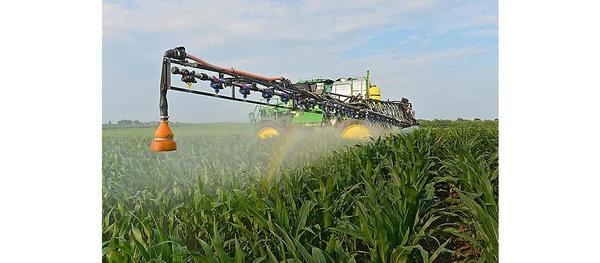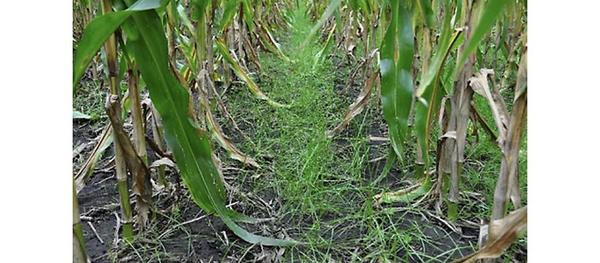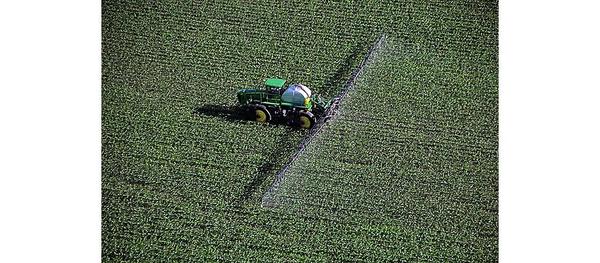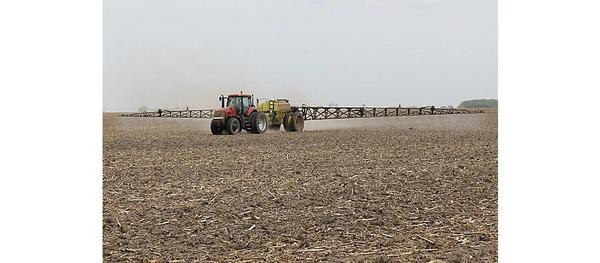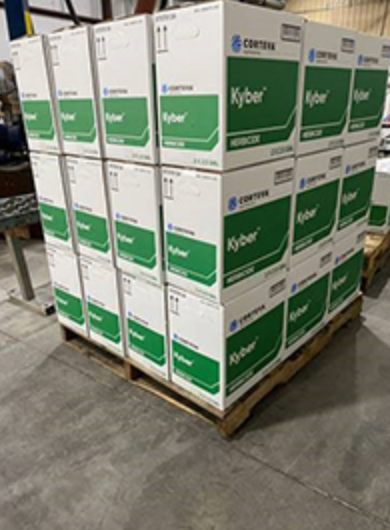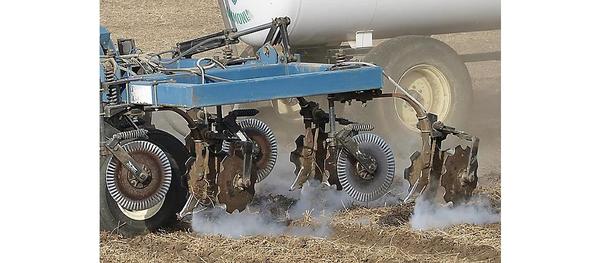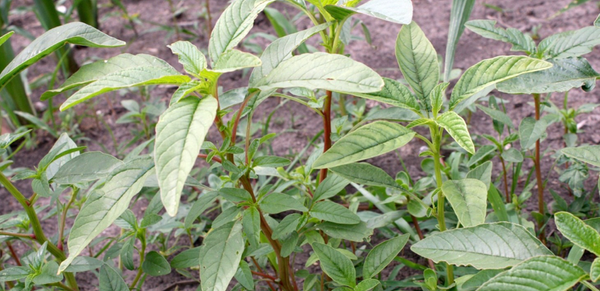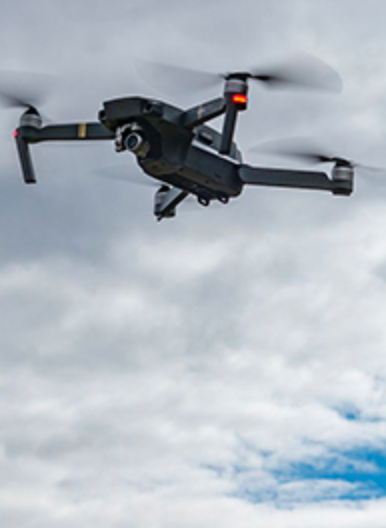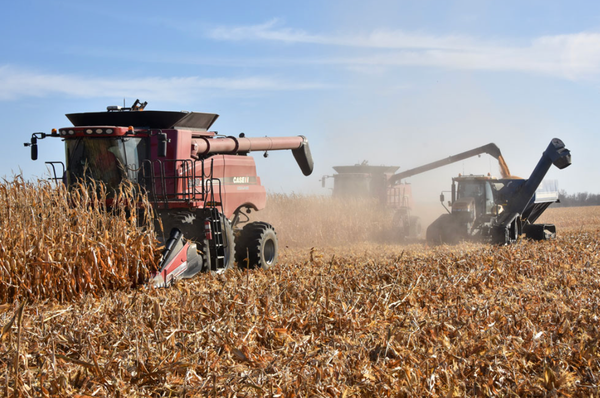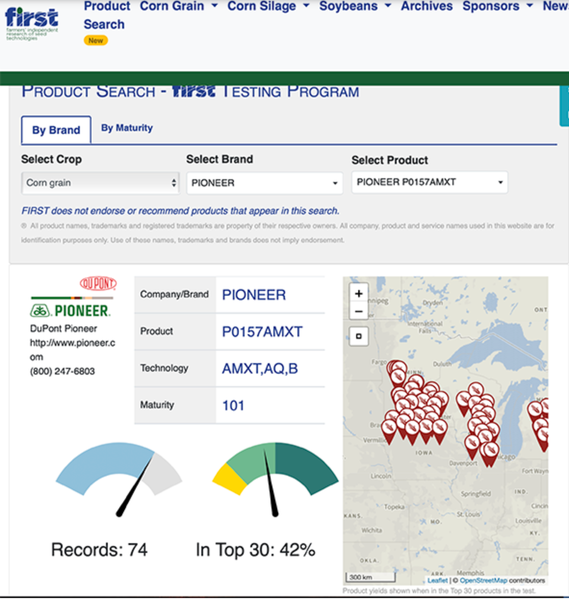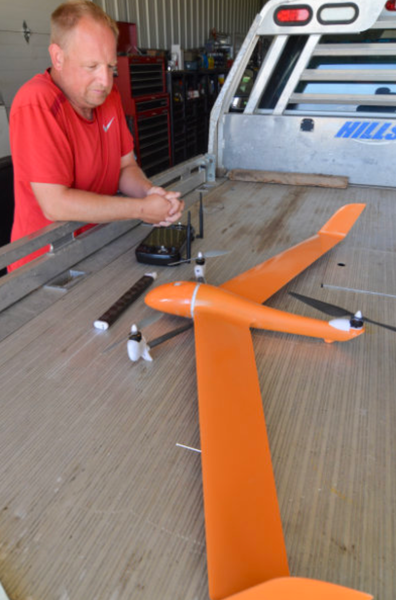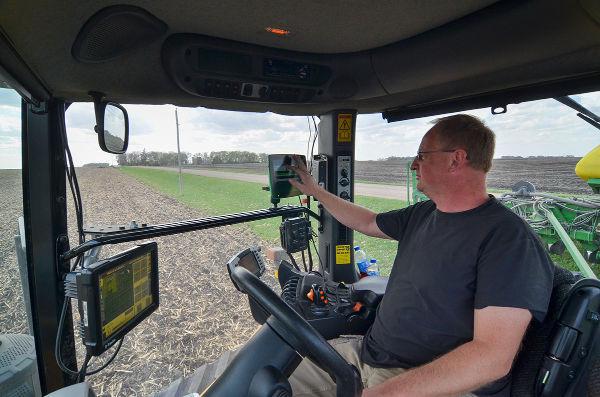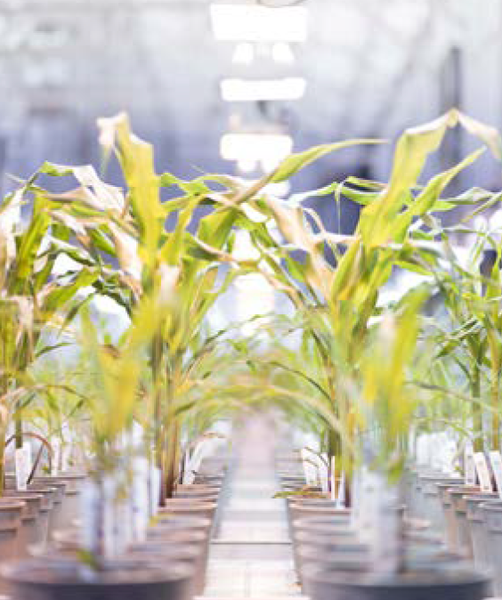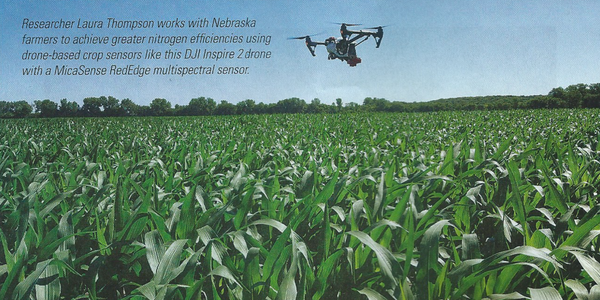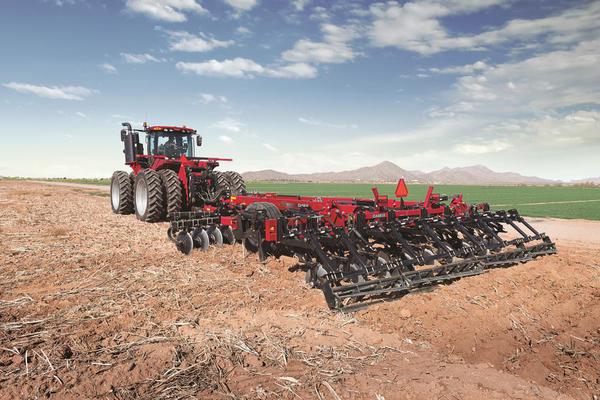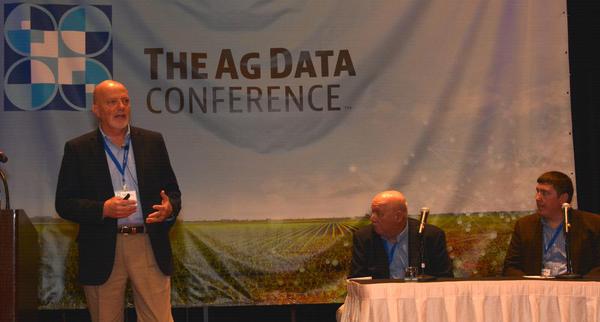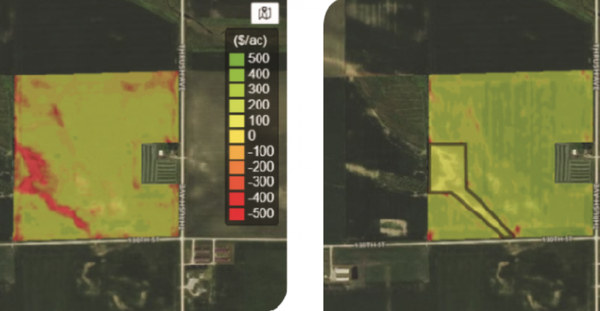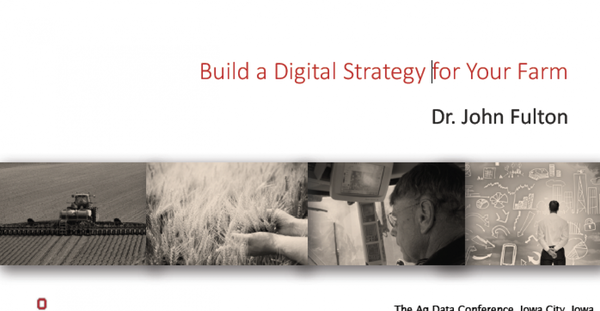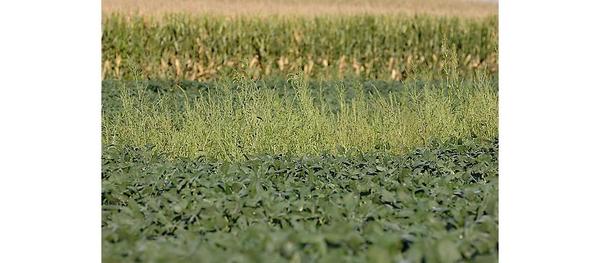
Understanding Metabolic Weed Resistance
When a weed scientist says a novel weed resistance issue is not well understood, it’s a little concerning.
Most farmers understand the need to apply multiple herbicide groups and rotate them to reduce the number of herbicide-resistant weeds going to seed. This practice reduces target-site weed resistance when a weed alters its genetic code so the chemical no longer fits the protein it was designed to attack.
However, some weeds are evolving to deploy suites of enzymes that work together to metabolize (detoxify) a chemical before it can kill a weed—known as non-target or metabolic resistance...
Most farmers understand the need to apply multiple herbicide groups and rotate them to reduce the number of herbicide-resistant weeds going to seed. This practice reduces target-site weed resistance when a weed alters its genetic code so the chemical no longer fits the protein it was designed to attack.
However, some weeds are evolving to deploy suites of enzymes that work together to metabolize (detoxify) a chemical before it can kill a weed—known as non-target or metabolic resistance...
